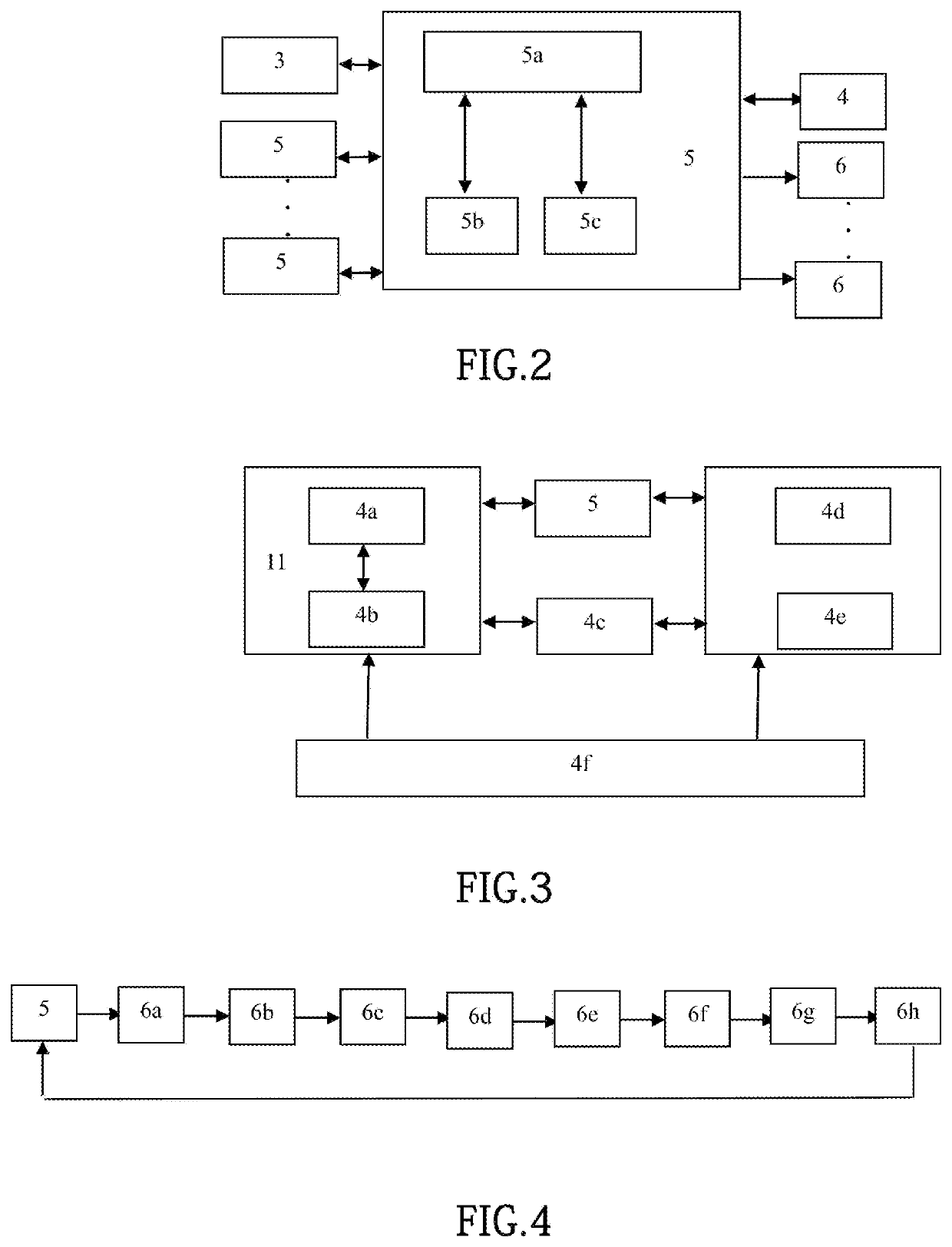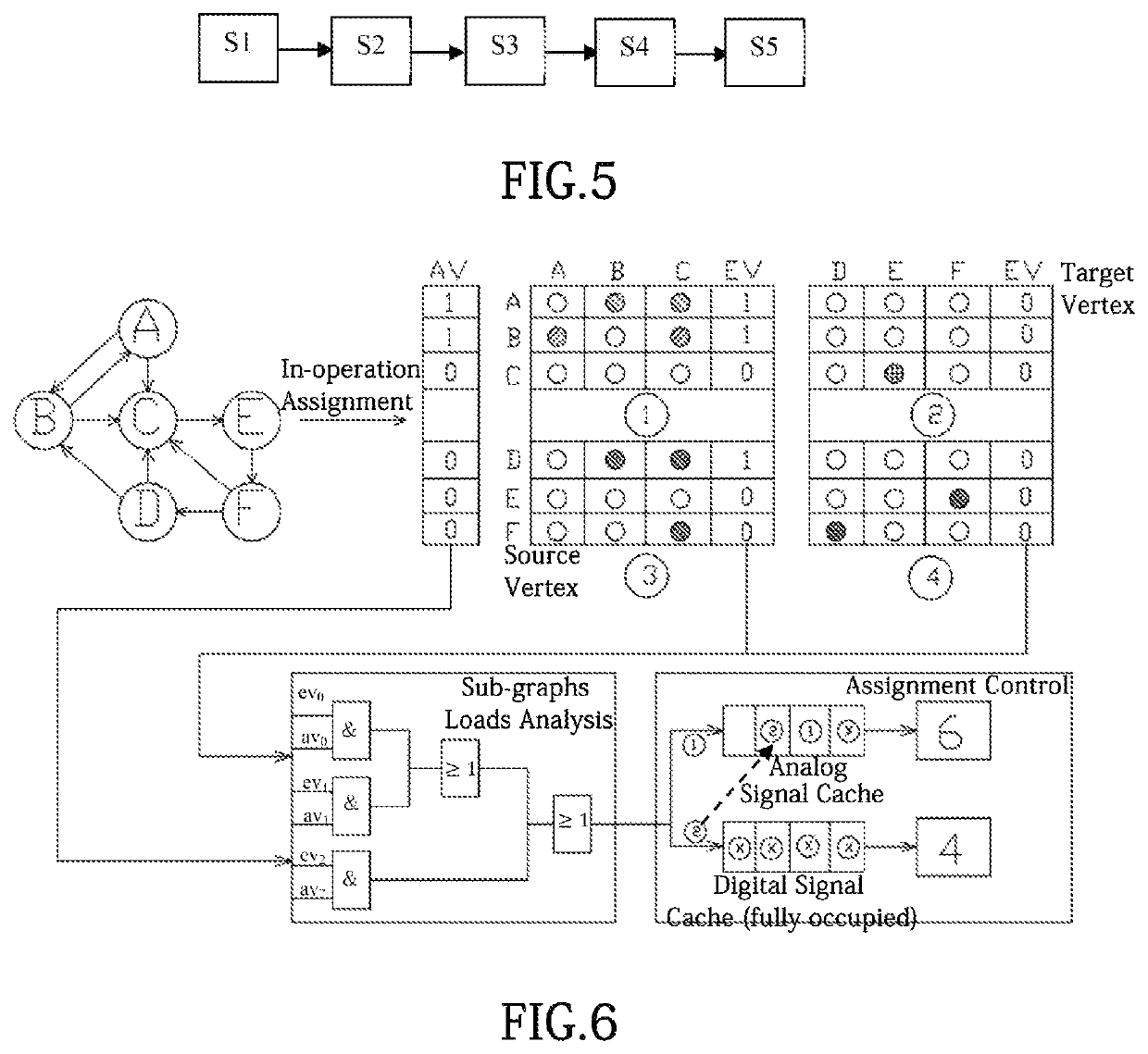Graph-computing-oriented heterogeneous in-memory computing apparatus and operational method thereof
a graph computing and heterogeneous technology, applied in the direction of memory architecture accessing/allocation, program control, instruments, etc., can solve the problems of affecting the utilization rate of bandwidth, affecting the performance of the graph computing apparatus, so as to ensure load balance, improve bandwidth utilization, and ensure load balance
- Summary
- Abstract
- Description
- Claims
- Application Information
AI Technical Summary
Benefits of technology
Problems solved by technology
Method used
Image
Examples
embodiment 1
[0036]As shown in FIG. 1, to compensate the computing characteristics of the existing in-memory computing architecture and to satisfy heterogeneous requirements of graph-computing loads, the present invention provides a graph-computing-oriented heterogeneous in-memory computing apparatus, which uses an integrated solution to allow graph-computing loads to utilize the best of two classic in-memory computing technologies, thereby maximizing hardware execution efficiency, enhancing computing performance, and reducing power consumption. The heterogeneous in-memory computing apparatus at least comprises a storage layer 1 and a logic layer 2. The storage layer 1 and the logic layer 2 are stacked with each other. The storage layer 1 comprises a plurality of dynamic random access storage devices 3. The dynamic random access storage devices 3 are stacked with each other. Therein, the storage layer 1 and the logic layer 2 as well as two adjacent dynamic random access storage devices 3 are ver...
embodiment 2
[0086]The present embodiment provides further improvements to Embodiment 1, and what is identical to its counterpart in the previous embodiment will not be repeated in the following description.
[0087]The present invention further provides a computer-readable storage medium. The computer-readable storage medium stores computer programs. The computer program when executed can implement the technical schemes described with respect to the preceding embodiments. Since the principles for implementation are alike, repeated description is omitted herein. The computer-readable storage medium may be any tangible medium that can store data and can be read using computing devices.
PUM
 Login to View More
Login to View More Abstract
Description
Claims
Application Information
 Login to View More
Login to View More - R&D
- Intellectual Property
- Life Sciences
- Materials
- Tech Scout
- Unparalleled Data Quality
- Higher Quality Content
- 60% Fewer Hallucinations
Browse by: Latest US Patents, China's latest patents, Technical Efficacy Thesaurus, Application Domain, Technology Topic, Popular Technical Reports.
© 2025 PatSnap. All rights reserved.Legal|Privacy policy|Modern Slavery Act Transparency Statement|Sitemap|About US| Contact US: help@patsnap.com



